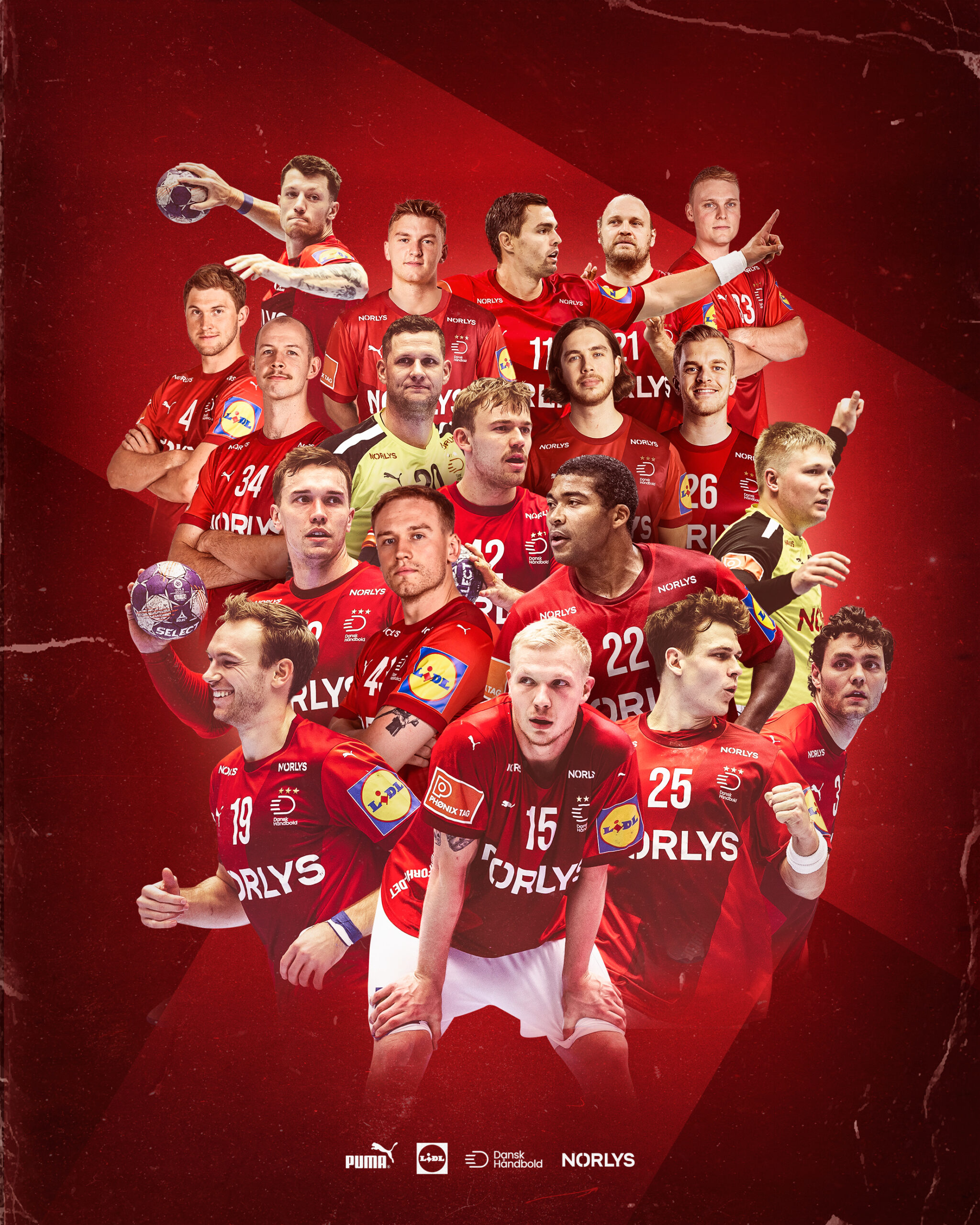When the internet began to get popular, the media breathlessly predicted people would use the ‘Information Super Highway’ to educate themselves to hitherto unimaginable levels. An editorial in 1996 saying “But face it, most people will use it to discuss getting their baby to sleep,” blew my mind. Let’s all take a moment to appreciate the boundless hope that simply connecting computer networks brought your then 15-year-old correspondent.
By the time I got online, everyone knew not to feed ‘trolls’ and how to avoid ‘flamewars’. Trolls, back then, were online tricksters who riled people to make them look stupid. My first time at the rodeo, so to speak, was when a jerk joined my Usenet and called everyone stupid in a classic trollish way. I fell for it and fed him.
Plus ça change and all that, genuine trolls are now rather rare but the jerks remain. Considering how new these online media are, it is a tribute to the human spirit that there are so many new variants and strains of getting up other people’s noses.
When I first started writing online, I had my fair share of irritating comments. The creepiest was a man letting me know that he knew where I lived. I have been lucky so far that my detractors have kept it mostly legal by only calling me names and making up stories about me.
Disagreements online are nothing new. What used to be called ‘flamewars’ can be innocently started by mentioning a touchy subject. Heated debates are one thing, but online commentators all over the free world are regularly exposed to more than polite disagreement and those going on the offensive are not usually ‘trolls’ in the original sense of the word. The reasons people feel free to be egregious online could probably be discussed for hours. Some people are not satisfied with being merely unpleasant during disagreements and choose to harass those they are arguing with.
In the UK, Caroline Criado-Perez campaigned to have a woman displayed on British banknotes and was exposed to a torrent of violent threats, as was any woman who dared to support her. In the US, Anita Sarkeesian set up a Kickstarter to make some videos about how women are portrayed in video games and was chased by an online mob. Her harassers gamified their abuse, seeing themselves as brave heroes taking down the final level boss. In Denmark, Kia Ellegaard Møller has been threatened and harassed online for writing a fashion blog.
The people on the attack are not ‘trolls’ and they are not always mentally unwell. Often they lack a sense of proportion and empathy and, as such, are just like everyone else. And yet they perform outrageous antisocial acts online that they almost certainly would never do in real life. If a woman said she wanted Jane Austen on the tenner in the pub, it is unlikely that another patron would brandish a broken bottle at her. Talking about shoes does not usually result in death threats. But the online equivalent behaviour is a serious police matter and yet normal adults engage in it.
With small-to-medium disagreements, I have found the techniques of the martial art aikido invaluable: move out of the way, redirect the attack and allow the attacker to back off. I would not know how to karate chop my way out of that sort of situation, and backing yourself into a corner so that the attackers get bored does not sound like a particularly good strategy to me. These new massively multiplayer online mobs worry me. The scale of them is too big for the victim to neutralise alone. Law enforcement needs to evolve and quickly to deal with the problem.
Everyone else has a part to play though. For a start, we need to work on our sense of proportion and empathy so we are not caught up in the mob ourselves. It would be great to see civility make a more regular appearance online even during the most passionate debates. If individuals believe that uncivil behaviour is abnormal, they are much less likely to stumble into outright abuse and much more likely to condemn those who do.











